Selecting the right bathroom medicine cabinet can transform both the functionality and aesthetics of your bathroom. The ideal choice should blend style with practicality, offering ample storage without overcrowding the space.
If you're considering a 36 x 30 medicine cabinet, getting the measurements right is crucial for ensuring a proper fit and smooth installation. This guide walks you through every step of accurately measuring your medicine cabinet, from standard dimensions to essential tips on choosing the best cabinet for your needs.
- Introduction
- Why Accurate Measurements Are Important
- Standard Medicine Cabinet Dimensions
- How Do You Measure a Medicine Cabinet?
- Replacing Your Medicine Cabinet
- Other Considerations When Replacing an Old Cabinet
- Finding the Perfect Medicine Cabinet
Why Accurate Measurements Are Important
Accurate measurements are essential for the following reasons:
- Seamless Installation: A well-fitted cabinet avoids awkward gaps and uneven surfaces, creating a polished look.
- Optimal Functionality: Proper measurements ensure that doors open fully without obstruction.
- Avoiding Costly Mistakes: Incorrect measurements can result in purchasing a cabinet that doesn’t fit, leading to wasted time and money.
A precise measurement process is the first step toward selecting a cabinet that enhances both storage space and bathroom aesthetics.
Standard Medicine Cabinet Dimensions
Medicine cabinets come in various sizes, but standard dimensions can guide you in making an informed choice. While a 36 x 30 medicine cabinet is popular, understanding these standard options helps you select one that best complements your bathroom.
- Width: Common widths range from 16 to 30 inches, although 36 inches is often chosen for larger bathrooms.
- Height: Heights generally fall between 24 and 36 inches, providing ample storage while remaining accessible.
- Depth: The depth of a medicine cabinet usually ranges from 4 to 5 inches for recessed cabinets, while surface-mounted models may be deeper, up to 7 inches.
Understanding these measurements is essential when you want to match your cabinet with existing fixtures or are working with a specific wall area.
How Do You Measure a Medicine Cabinet?

To measure your bathroom medicine cabinet accurately, follow these steps to ensure the right fit for a 36 x 30 medicine cabinet or any other size:
1. Measuring the Width
- Locate Starting Points: Start by marking the horizontal space where the cabinet will go.
- Measure Wall Space: Measure the width of the space, allowing a few inches on either side for installation ease.
- Account for Surrounding Fixtures: Ensure there’s adequate space from nearby fixtures like lights or shelves for cabinet doors to open fully.
2. Measuring the Height
- Determine Your Vertical Space: Measure from where the bottom edge of the cabinet will sit to the top edge.
- Consider Sink Placement: If installing above a sink, ensure the bottom of the cabinet is high enough for comfortable usage.
- Factor in Mirror Height: If the cabinet has a mirror, align it with other mirrors in the bathroom for a cohesive look.
3. Measuring the Depth
- Measure for Wall Depth: The depth is critical for recessed cabinets, so measure the distance between the wall studs if you’re installing a built-in cabinet.
- Check for Clearance: For surface-mounted cabinets, consider how far the cabinet will protrude and if there’s enough clearance when you open doors.
Accurate measurements in these areas help you choose the perfect size, preventing any fit issues during installation.
Replacing Your Medicine Cabinet
If you’re updating your medicine cabinet, you may need to follow a few extra steps to ensure a seamless fit with existing bathroom dimensions:
- Remove the Old Cabinet: Carefully take down your old cabinet, noting any damages that may need repair.
- Patch and Paint as Needed: Prepare the wall by fixing holes or repainting to ensure a smooth surface for the new cabinet.
- Confirm Electrical Setup: If your new cabinet includes lighting, check if you need to install additional electrical fixtures.
Replacing your medicine cabinet offers a chance to refresh the look and functionality of your bathroom, so consider these tips to prepare for a successful upgrade.
Other Considerations When Replacing an Old Cabinet
1. Wall:Check the condition of the wall behind the old cabinet. For recessed cabinets, the wall needs to be structurally sound.
2. Wall Studs:Wall studs provide support, so identify their locations when installing a recessed cabinet. This will secure your cabinet and prevent future issues with stability.
3. Mirror:If your cabinet includes a mirror, consider both style and height to align with existing mirrors or other reflective surfaces.
4. Dominant Hand:This can affect the door orientation. Choose a cabinet that opens conveniently based on the user’s dominant hand for added accessibility.
5. Replacing:When replacing, make sure the new cabinet has similar or greater storage capacity without overwhelming the space.
By addressing these factors, you’ll be well-equipped to find a cabinet that suits both your bathroom layout and daily needs.
Finding the Perfect Medicine Cabinet
Choosing a medicine cabinet that fits your needs goes beyond measurements. Here are some extra considerations to keep in mind:
1. Consider Your Storage Needs
Evaluate what you plan to store and how much space you’ll need. For example:
- Shelves: Adjustable shelves add flexibility for storing taller items.
- Compartments: Look for cabinets with varied compartment sizes to organize toiletries more effectively.
2. Think About the Aesthetic
The cabinet’s design should match your bathroom decor:
- Frameless Options: For a modern look, frameless cabinets offer a sleek aesthetic.
- Framed Cabinets: If you prefer a classic look, choose a framed cabinet that matches existing fixtures.
3. Check the Quality
Quality is key to ensuring that your cabinet is durable and resilient in a moisture-prone bathroom:
- Materials: Opt for materials like stainless steel or moisture-resistant wood.
- Mirror Quality: If mirrored, ensure the glass is fog-resistant for longevity.
Selecting a cabinet that balances function and style enhances your bathroom’s practicality and visual appeal.
When choosing a 36 x 30 medicine cabinet, accurate measurements are essential to ensure the best fit for your bathroom. By taking the time to measure width, height, and depth carefully, you can avoid costly mistakes and select a cabinet that meets your storage needs. Consider additional factors like wall and stud placement, mirror style, and dominant hand orientation to ensure a smooth installation.


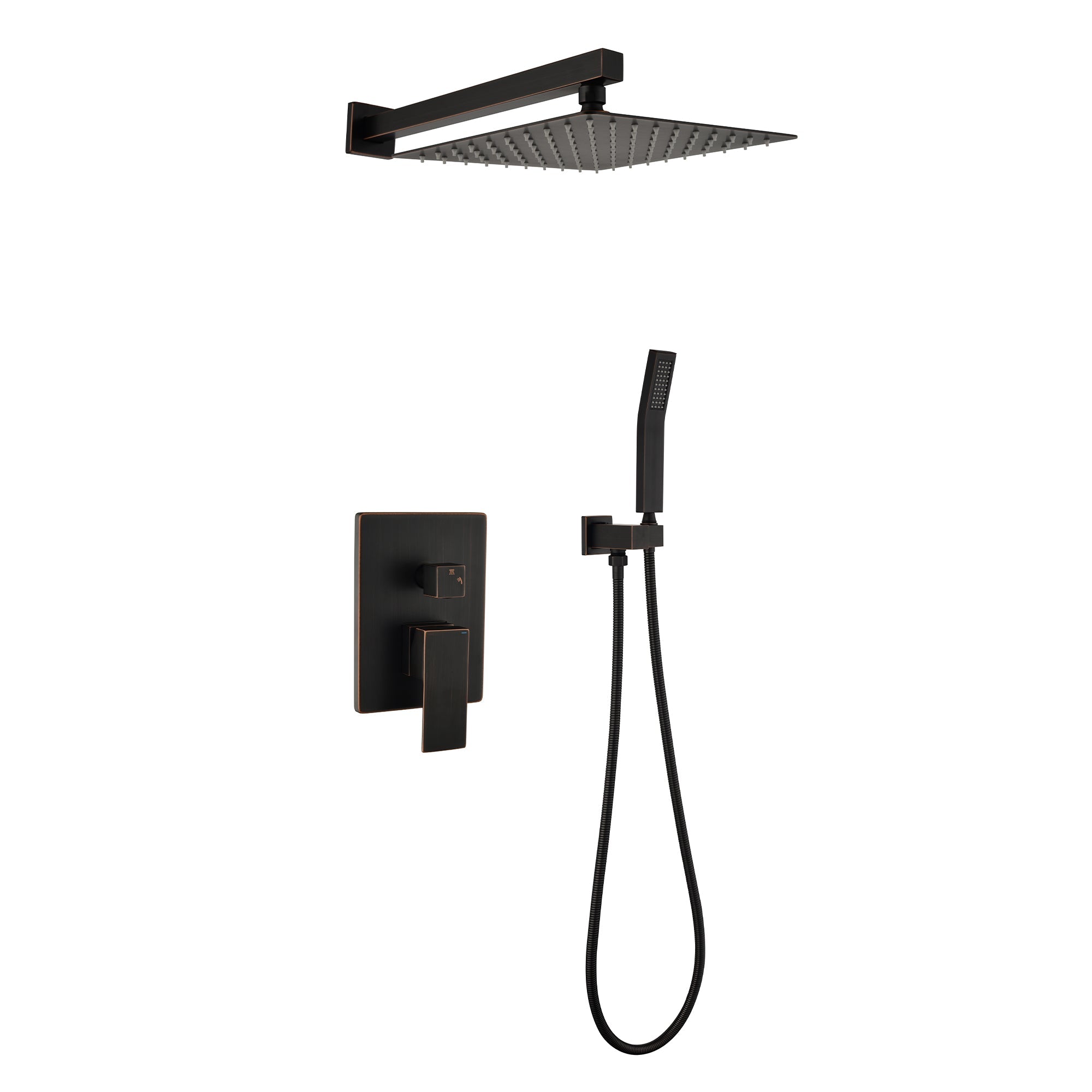



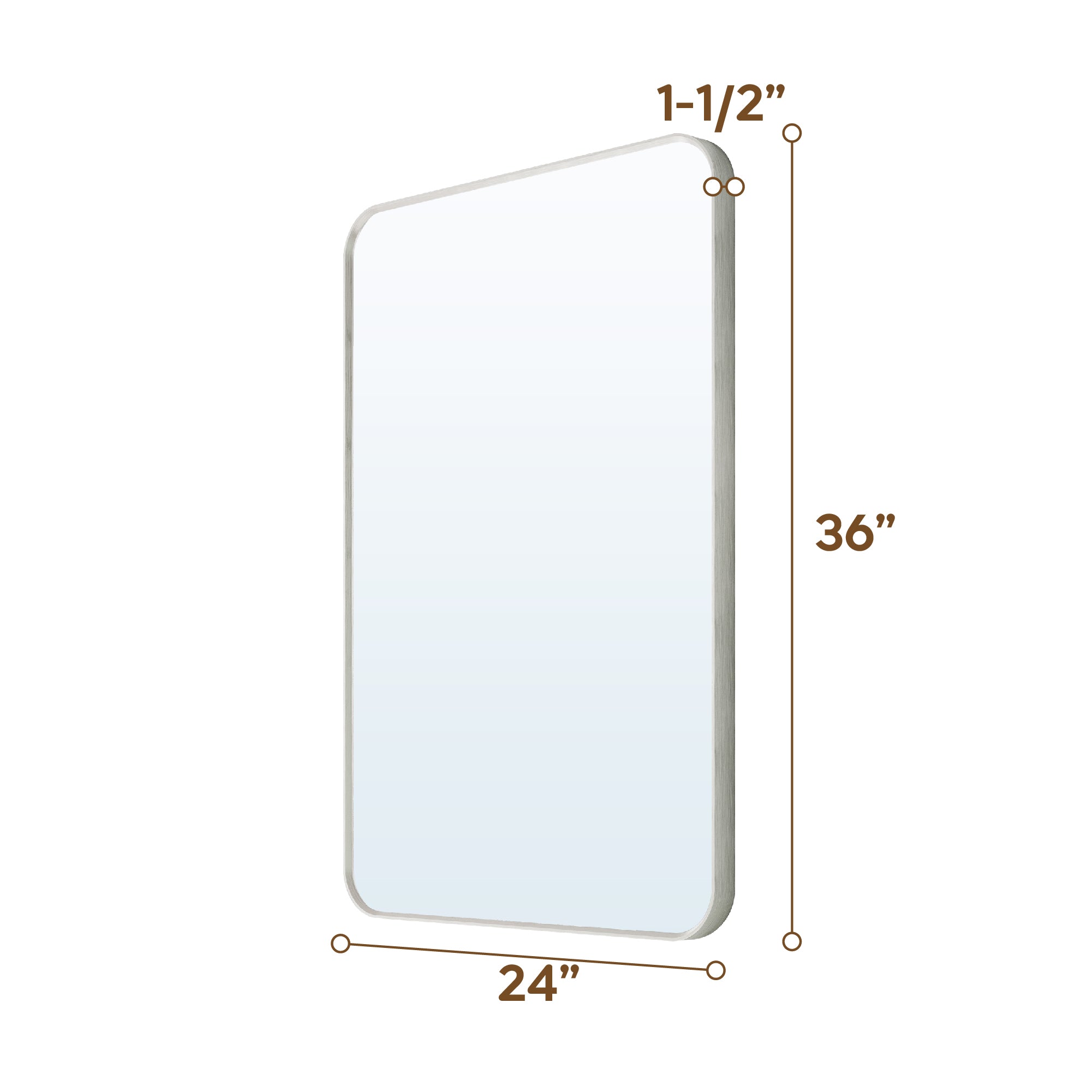
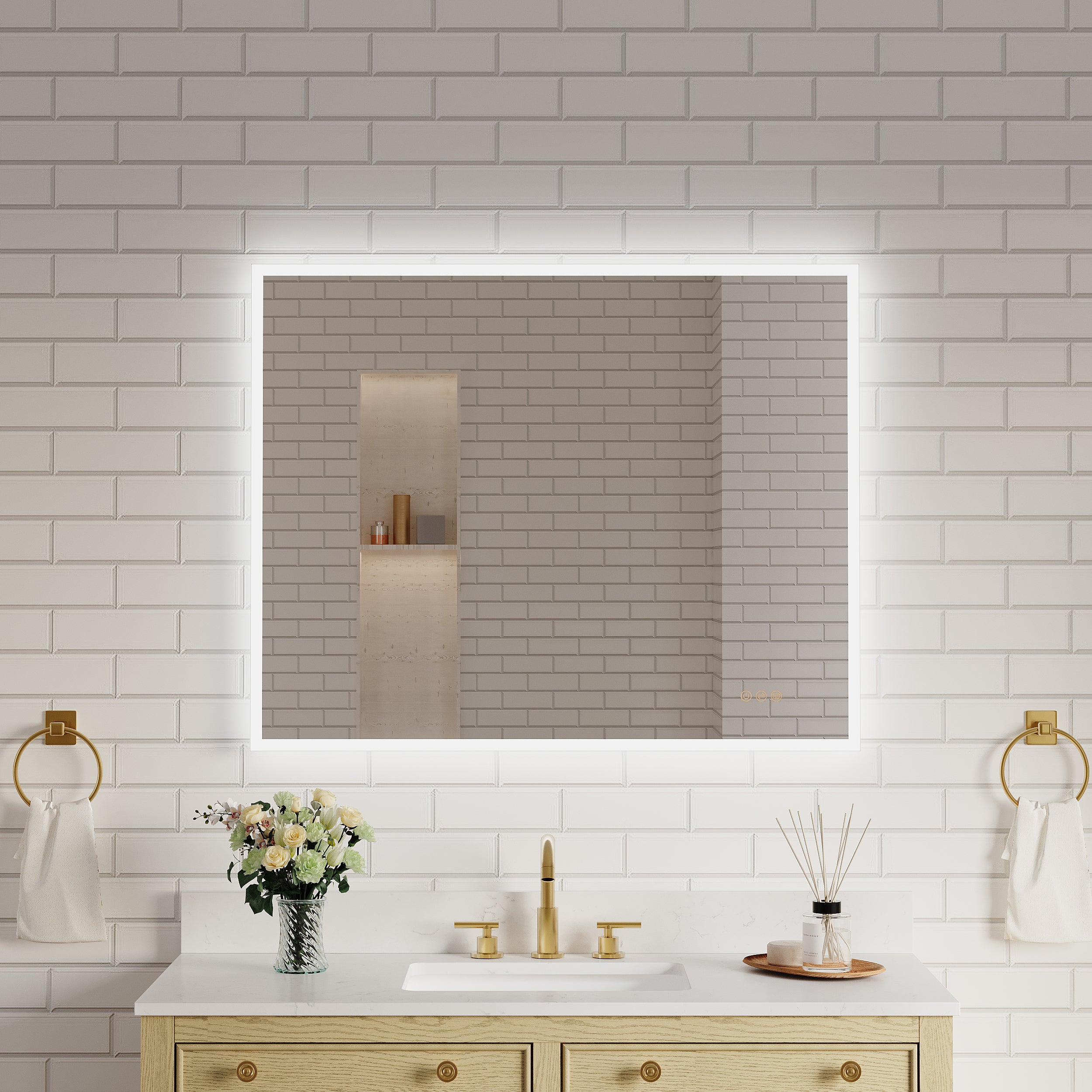
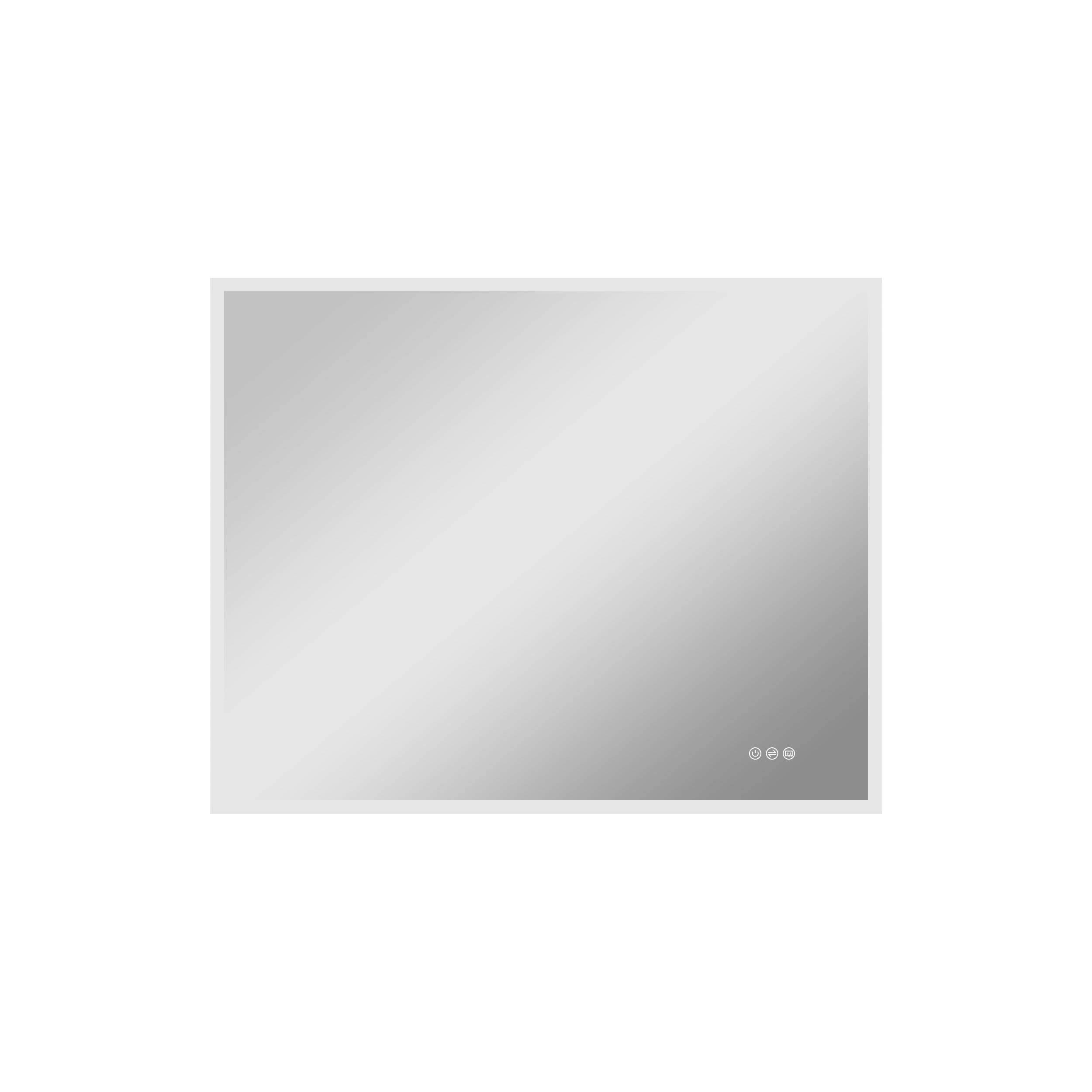
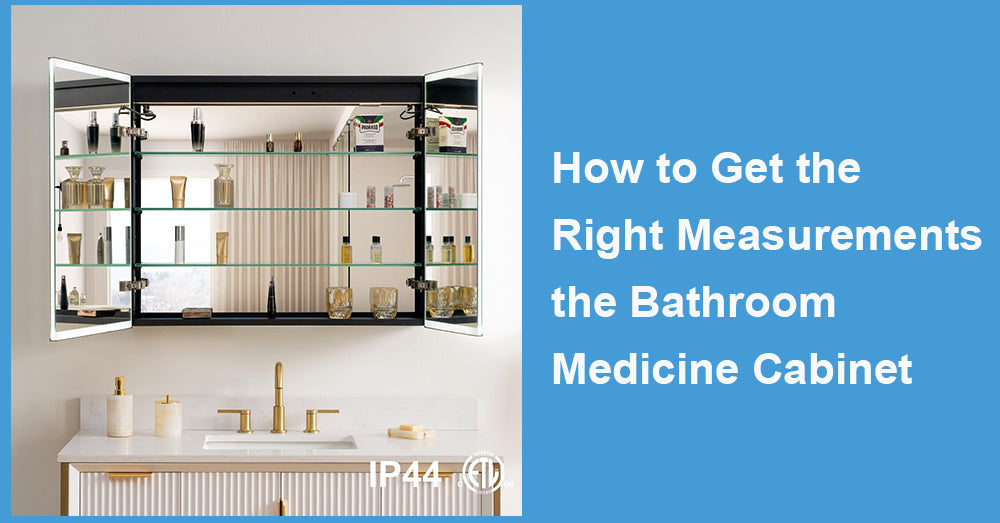
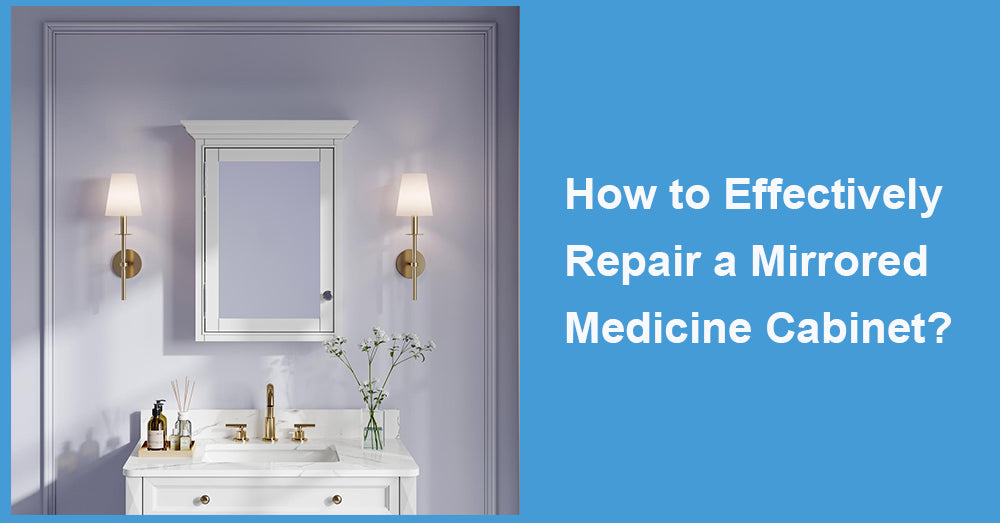
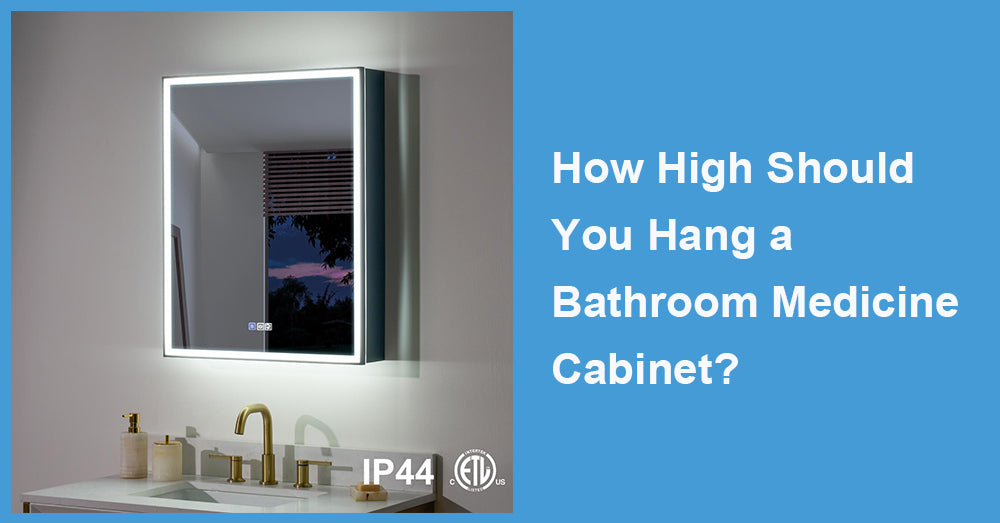

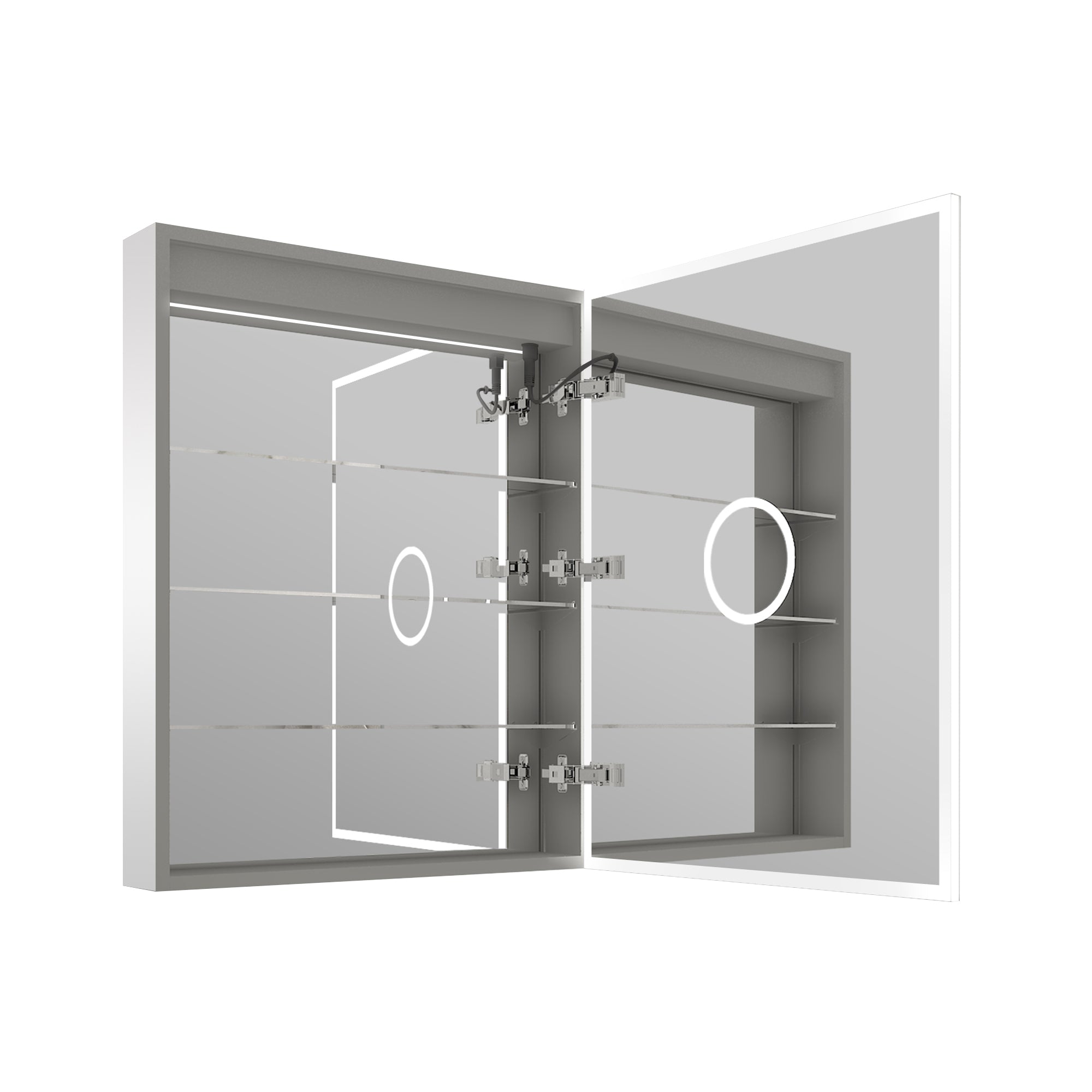
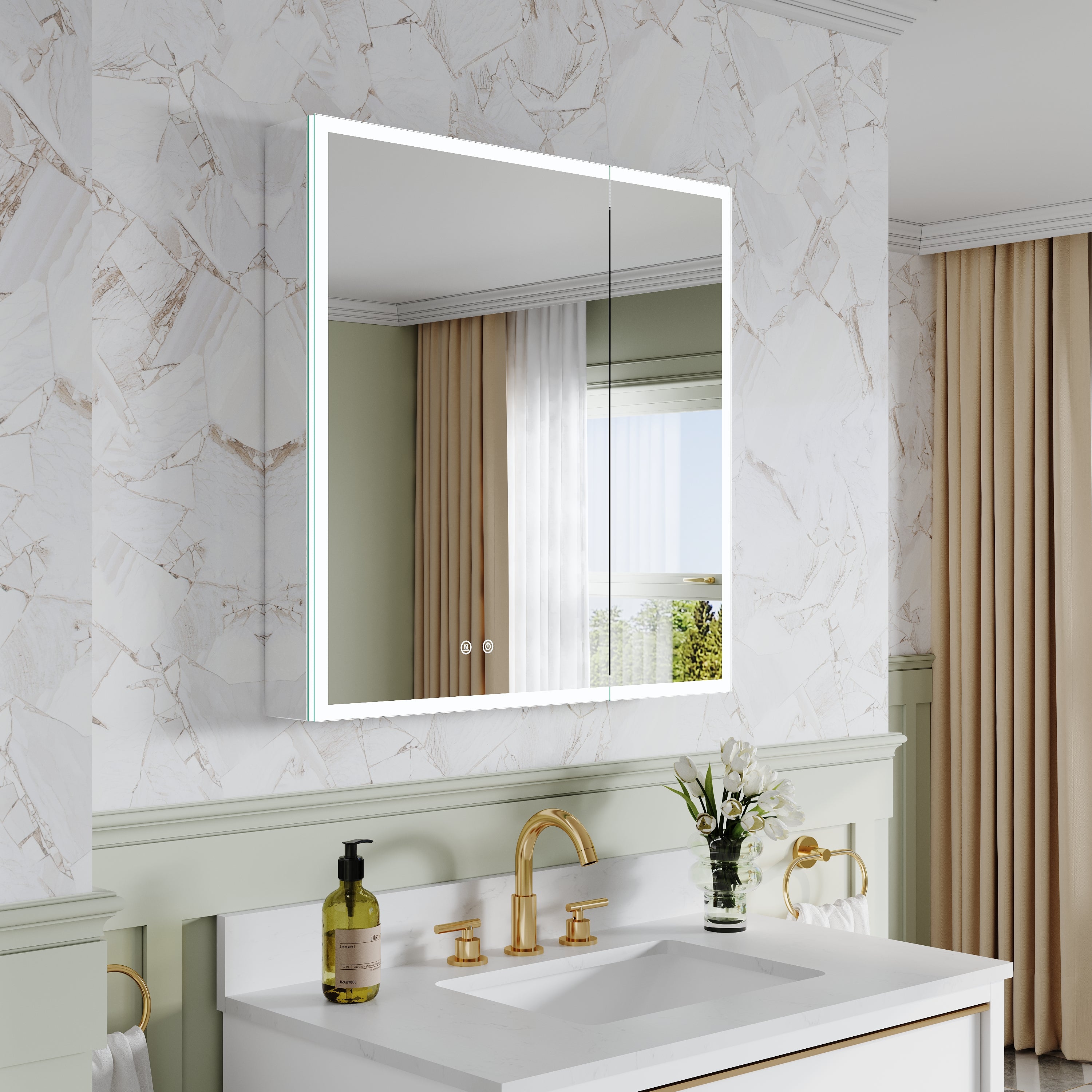



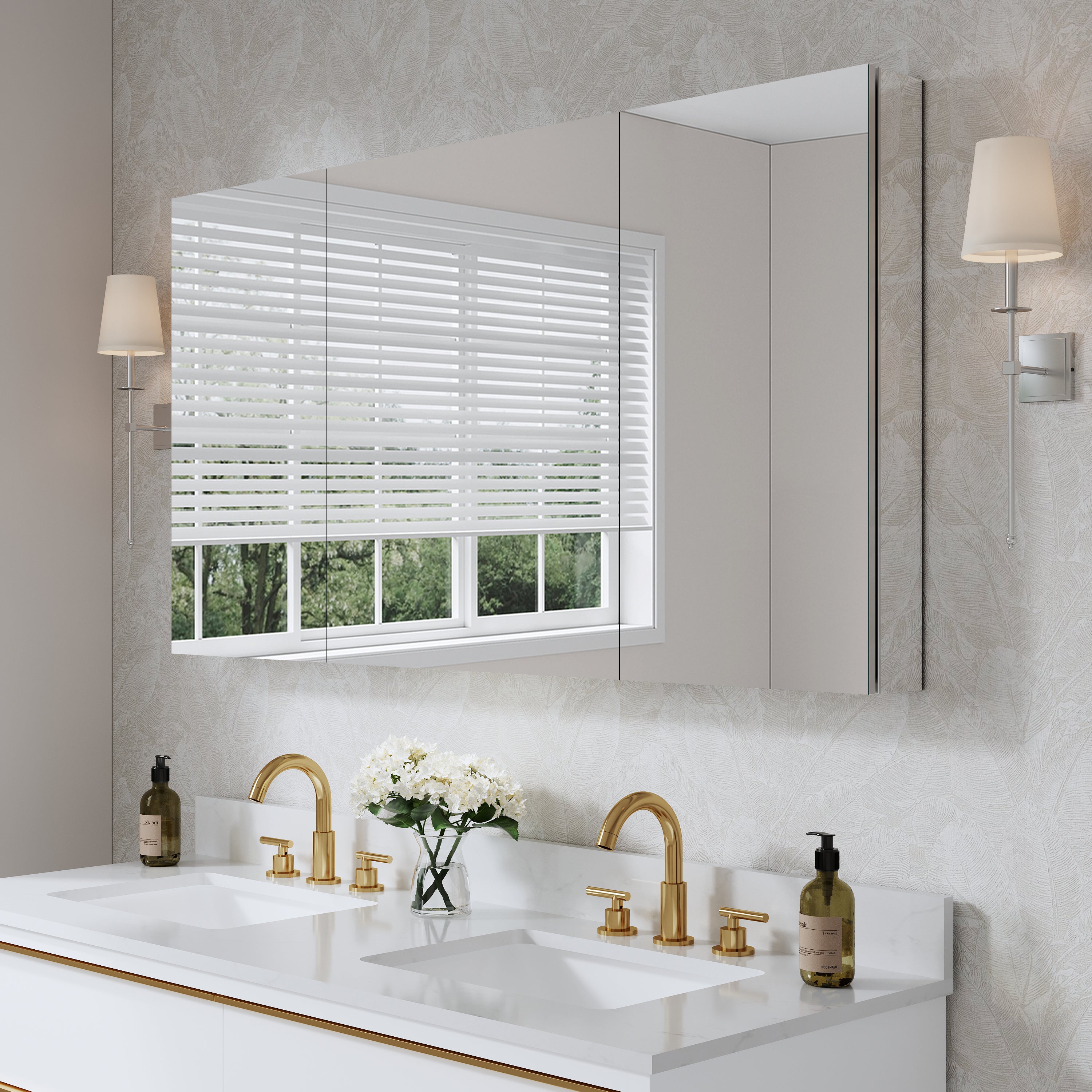



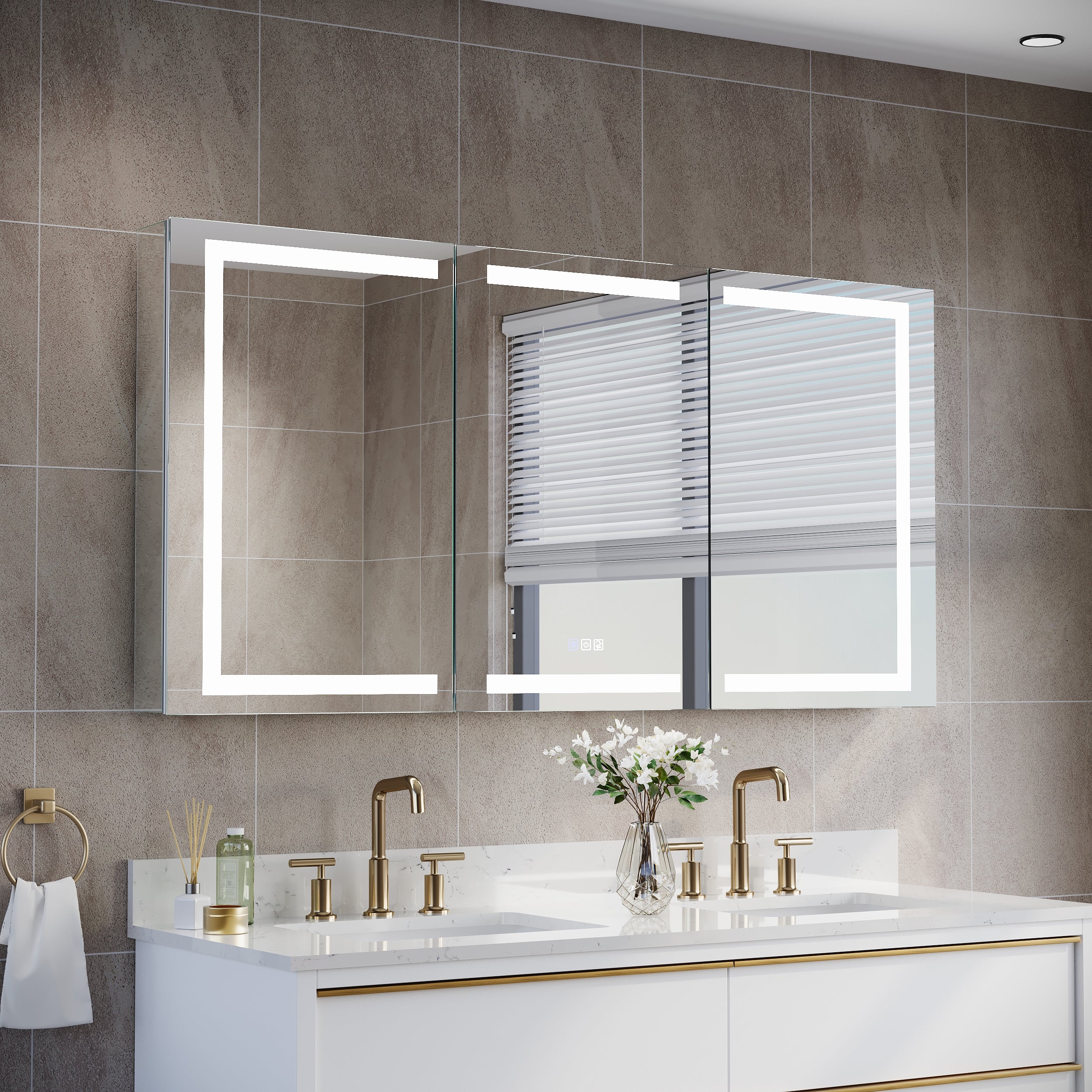



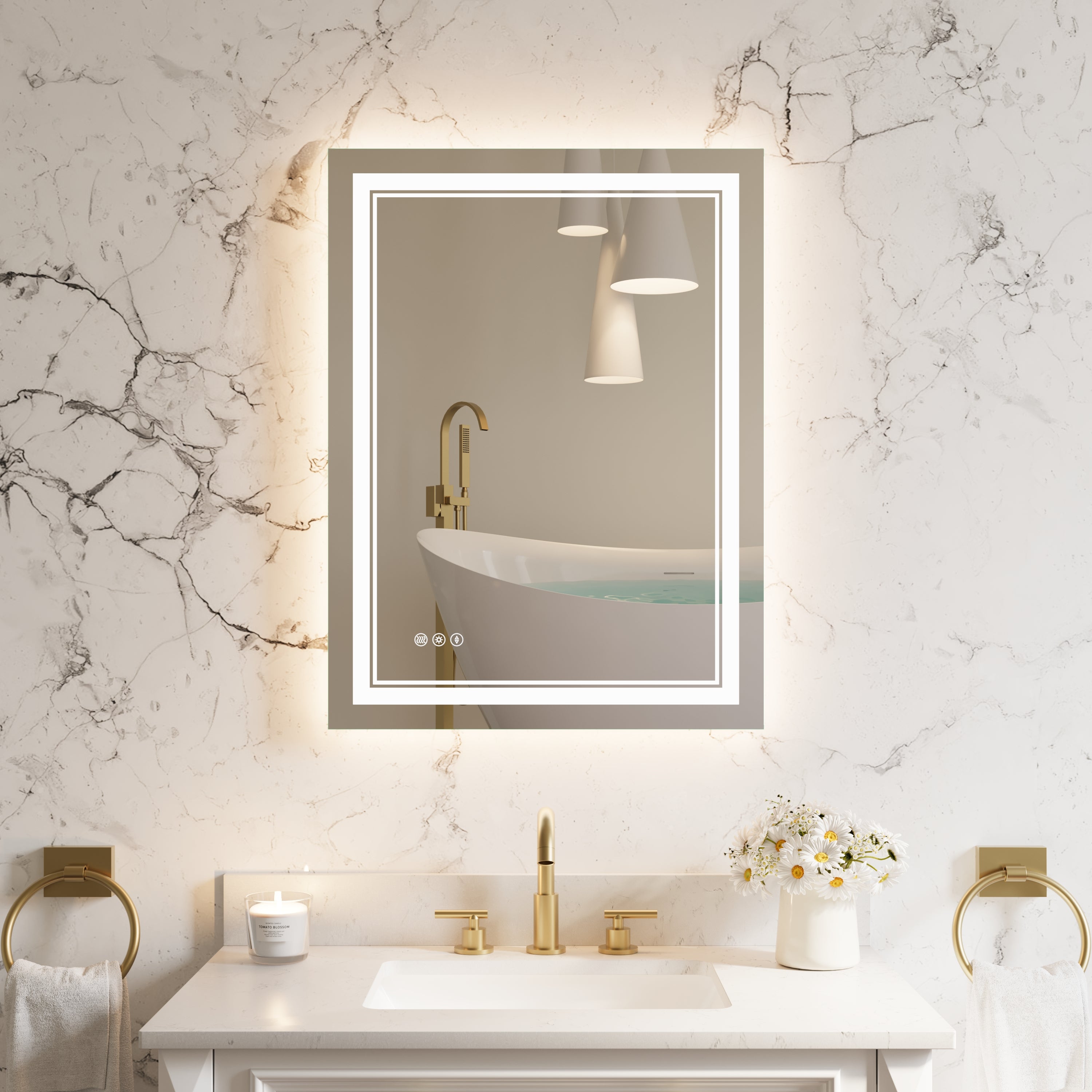








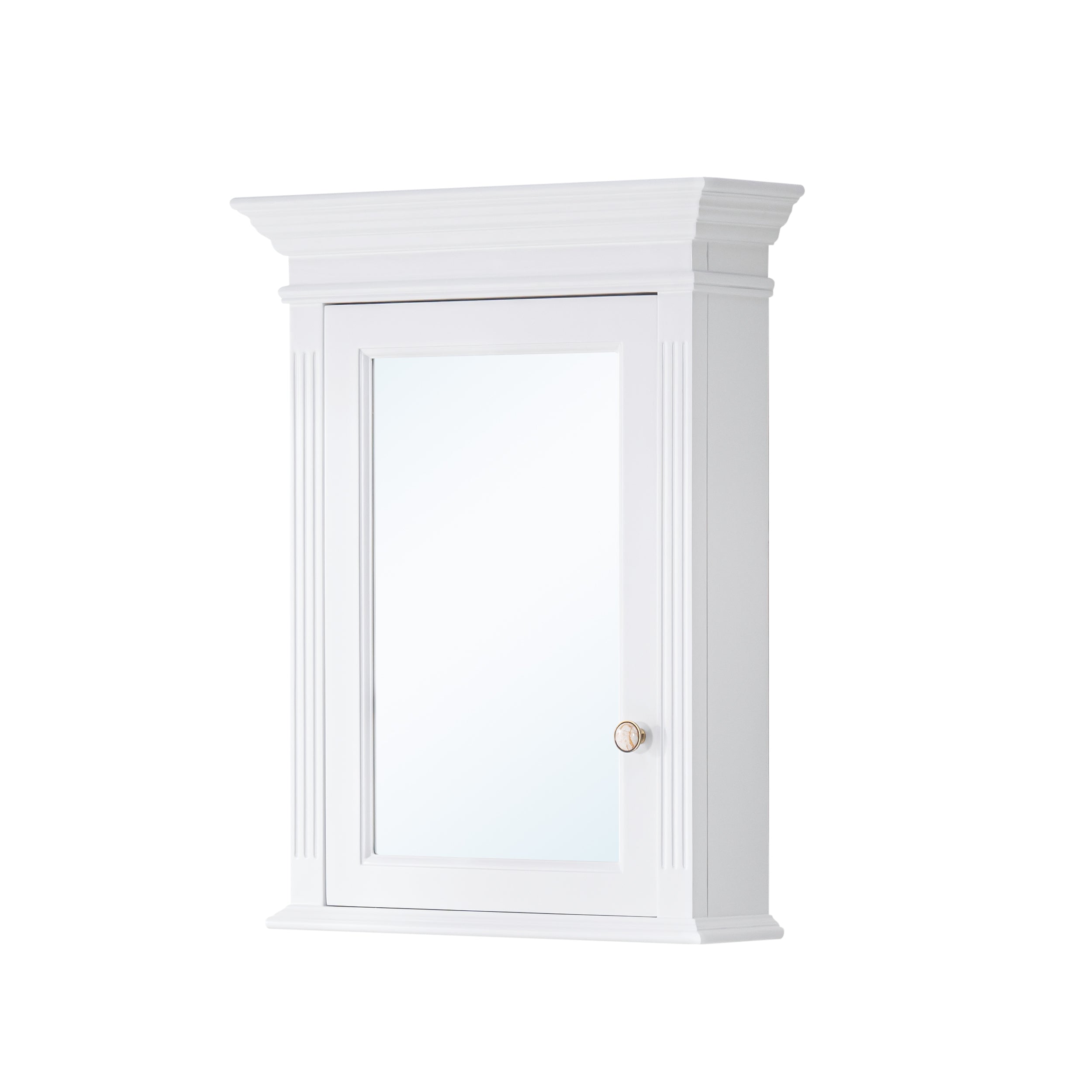
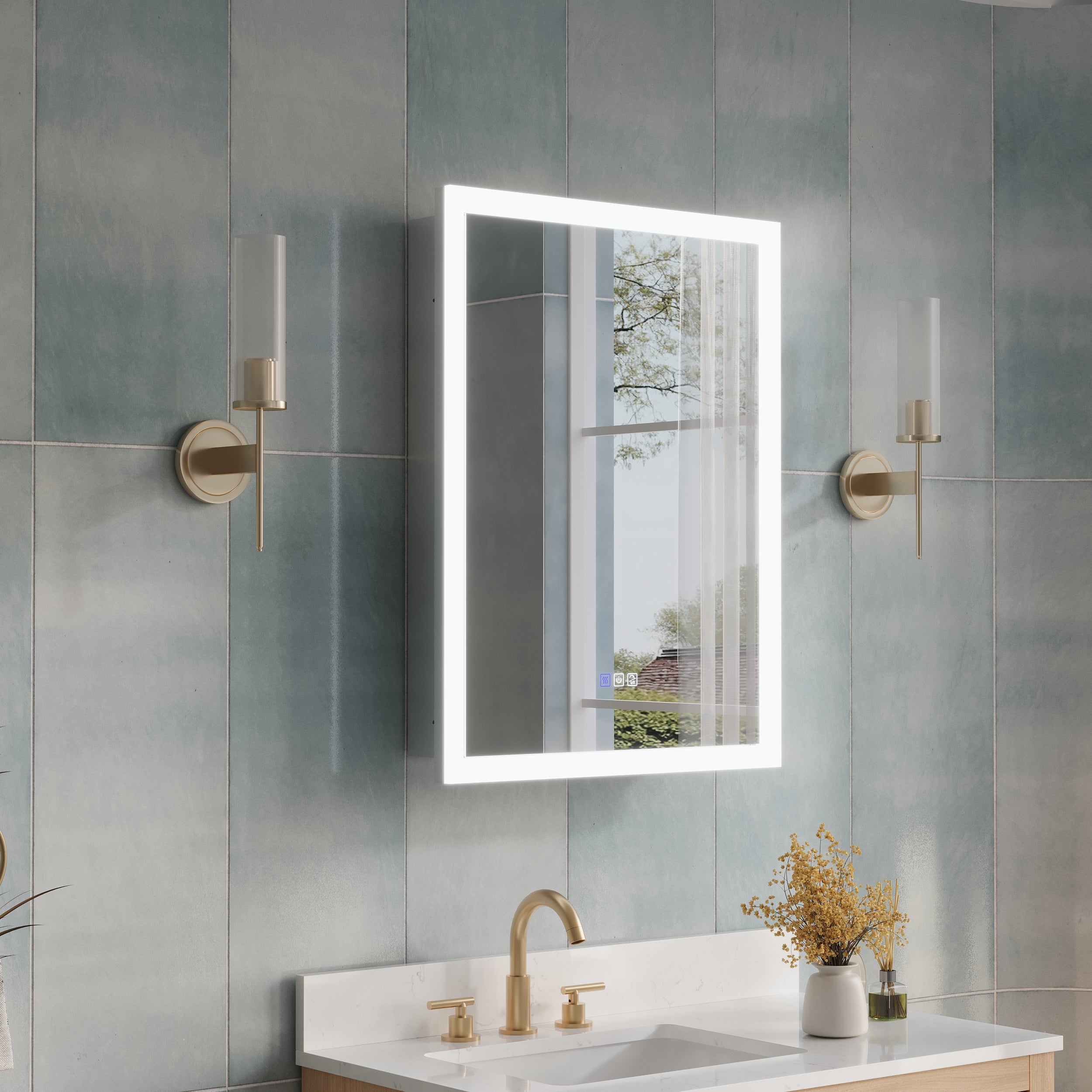
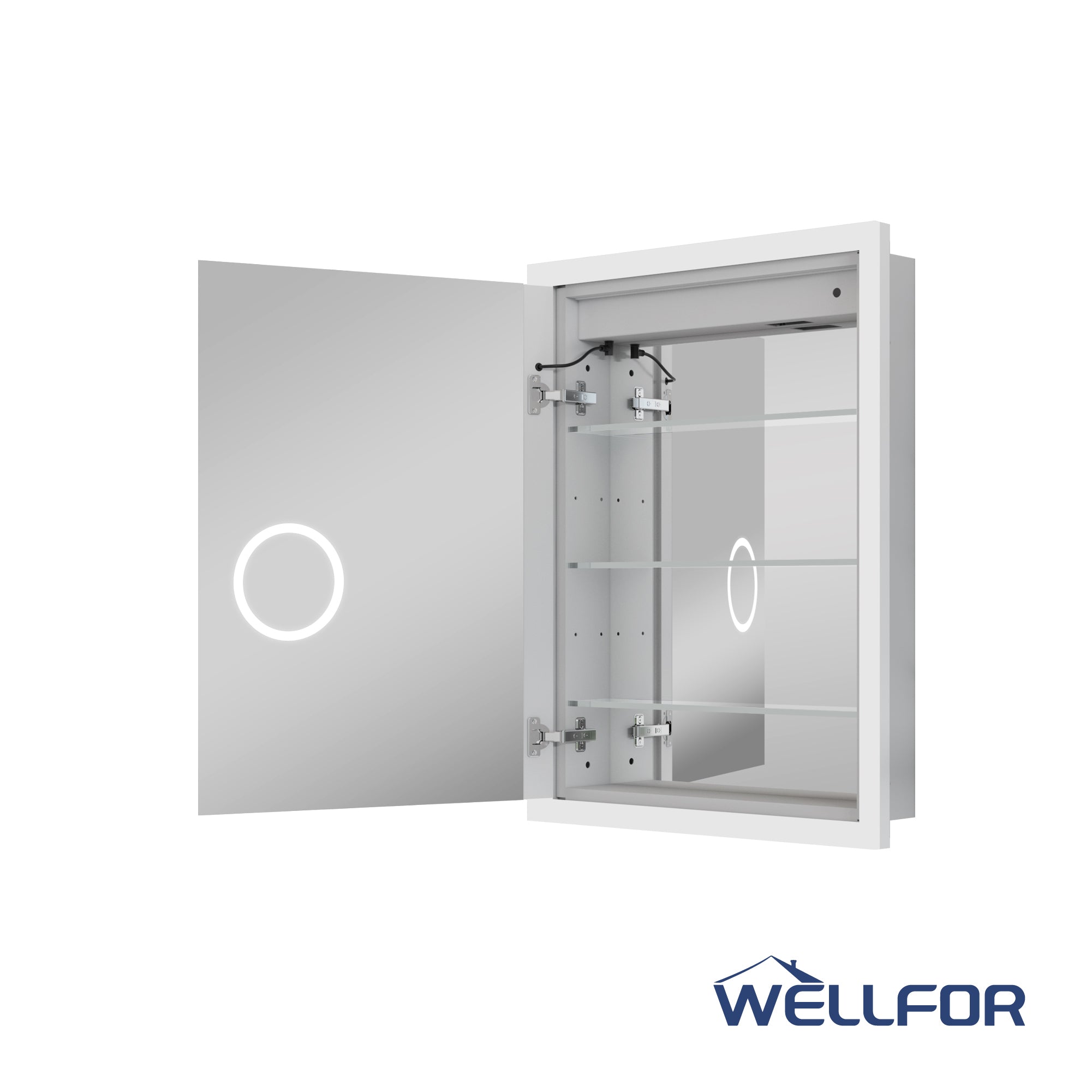
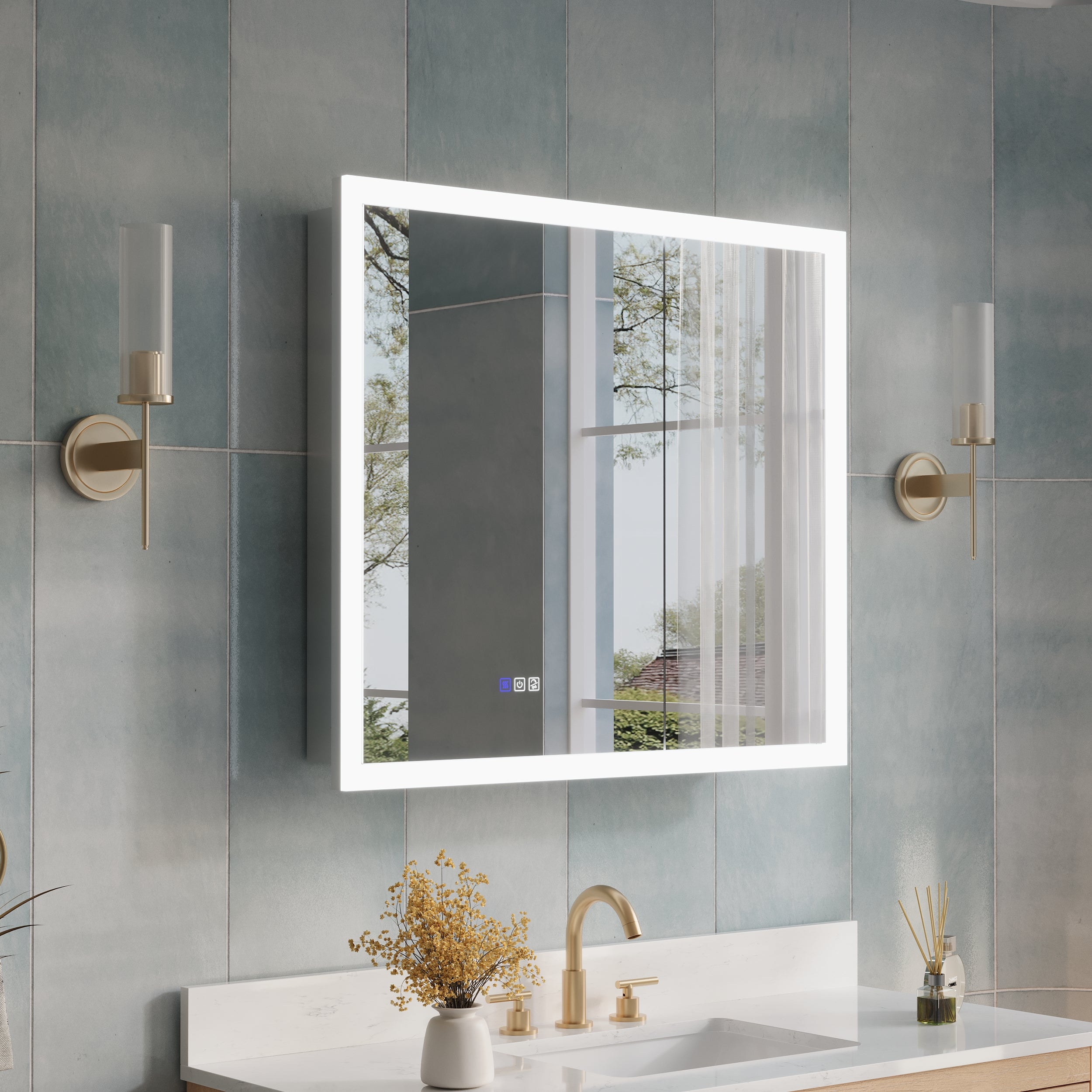

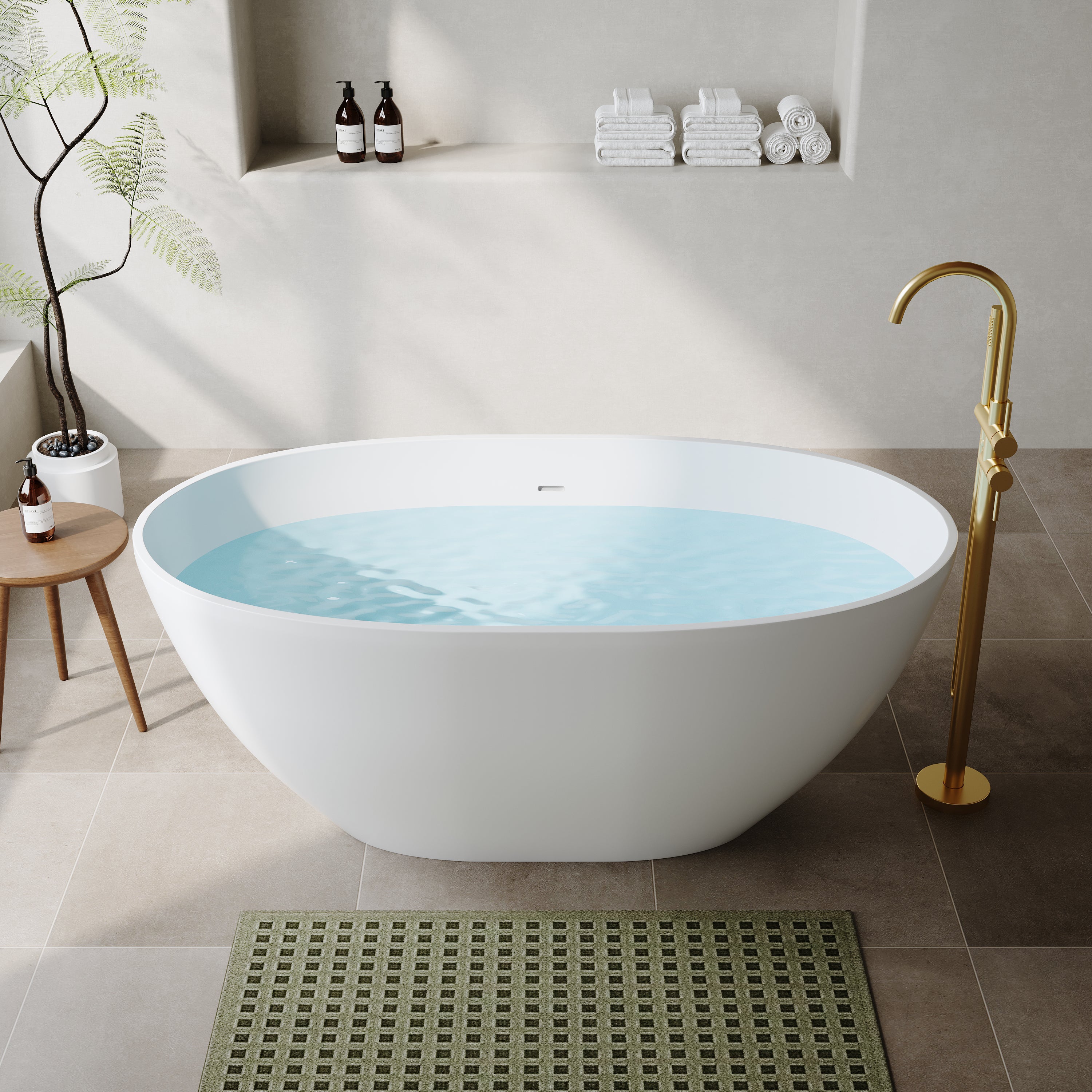




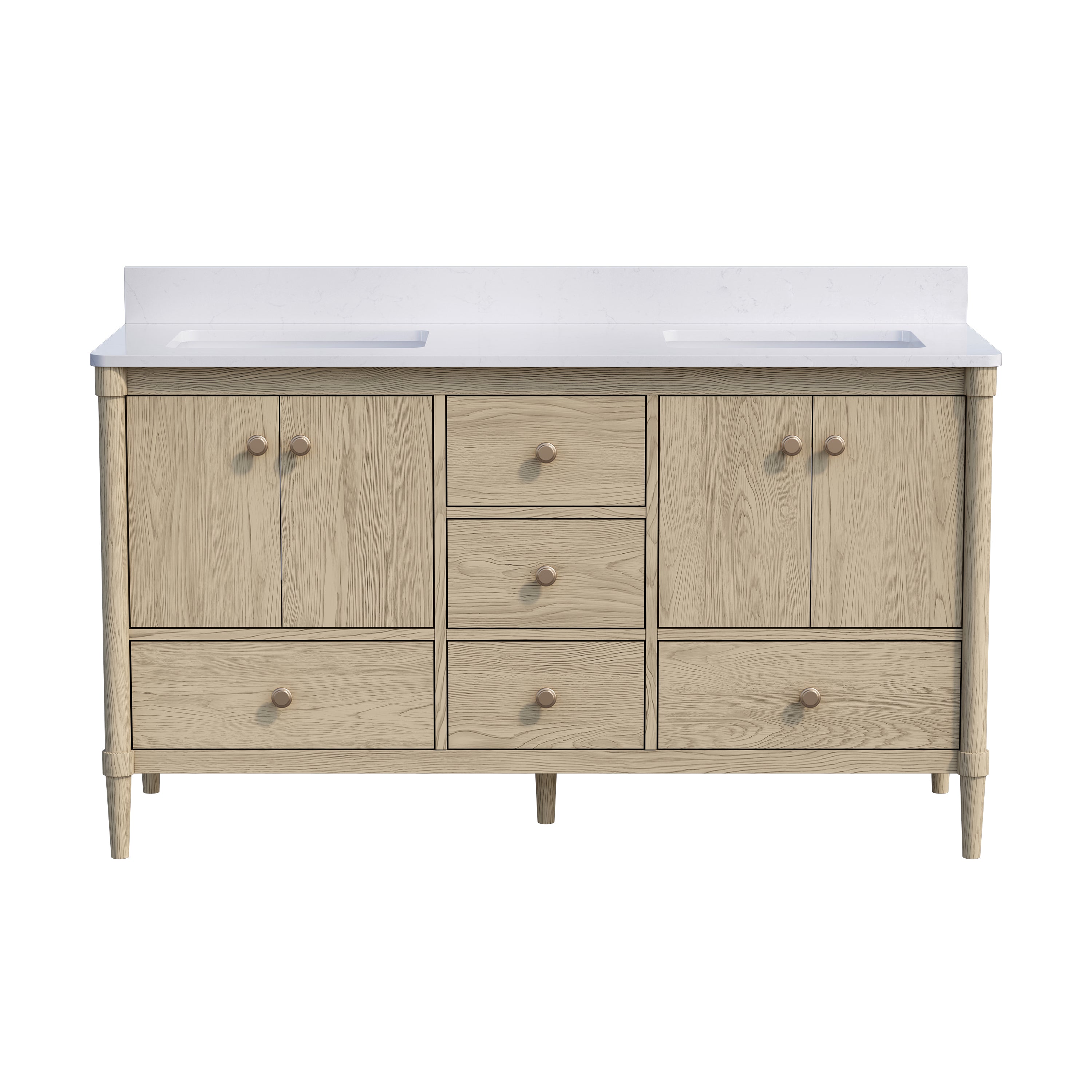
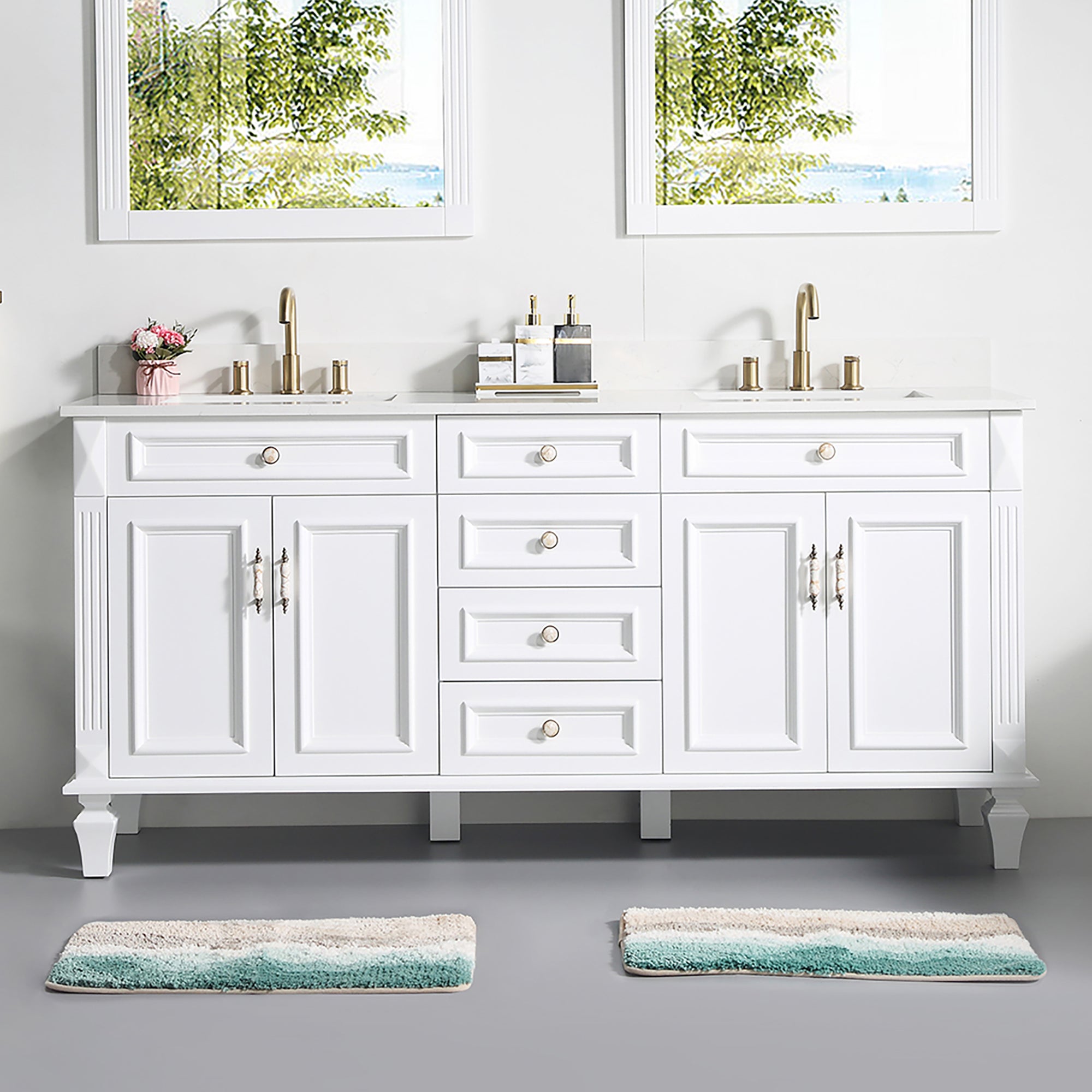
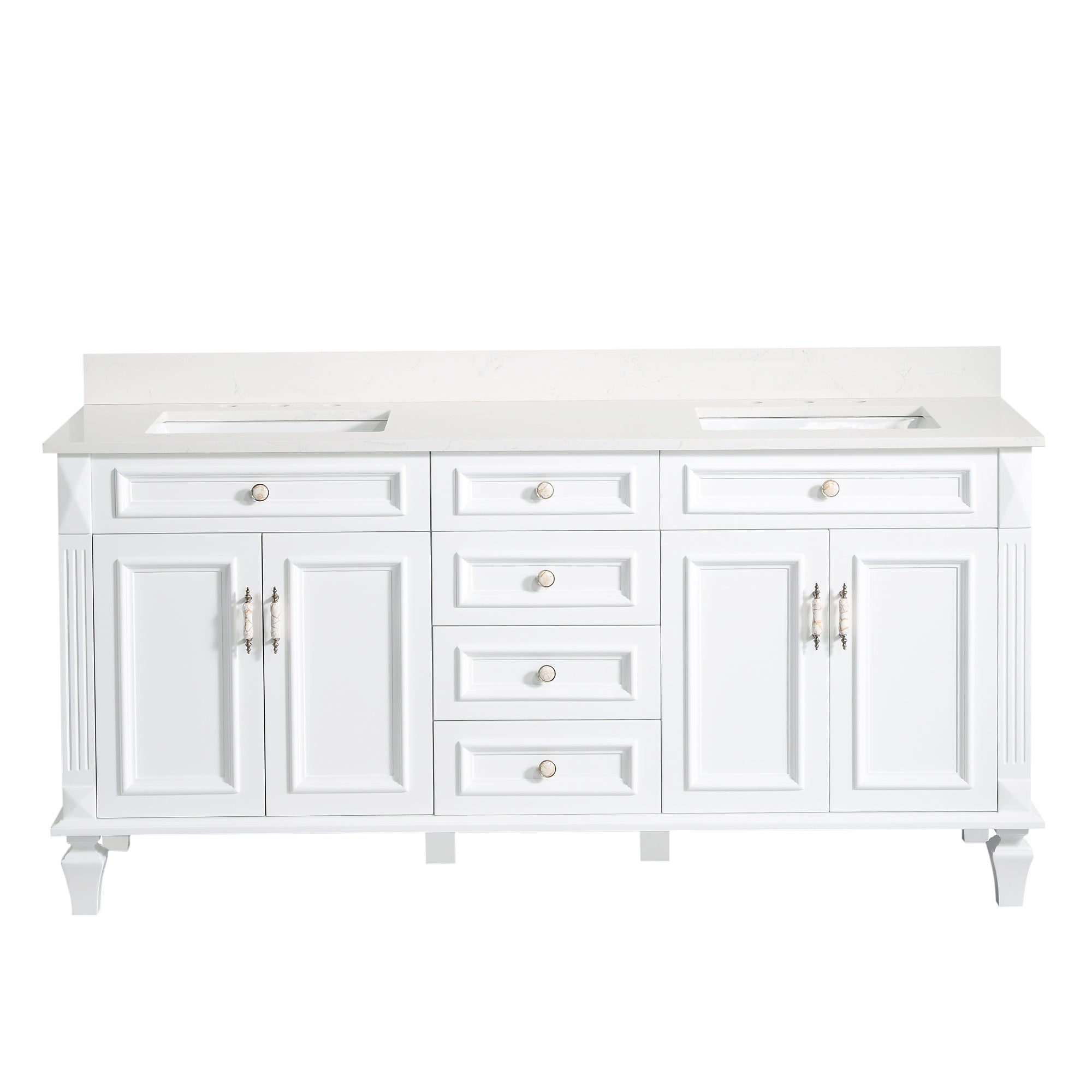
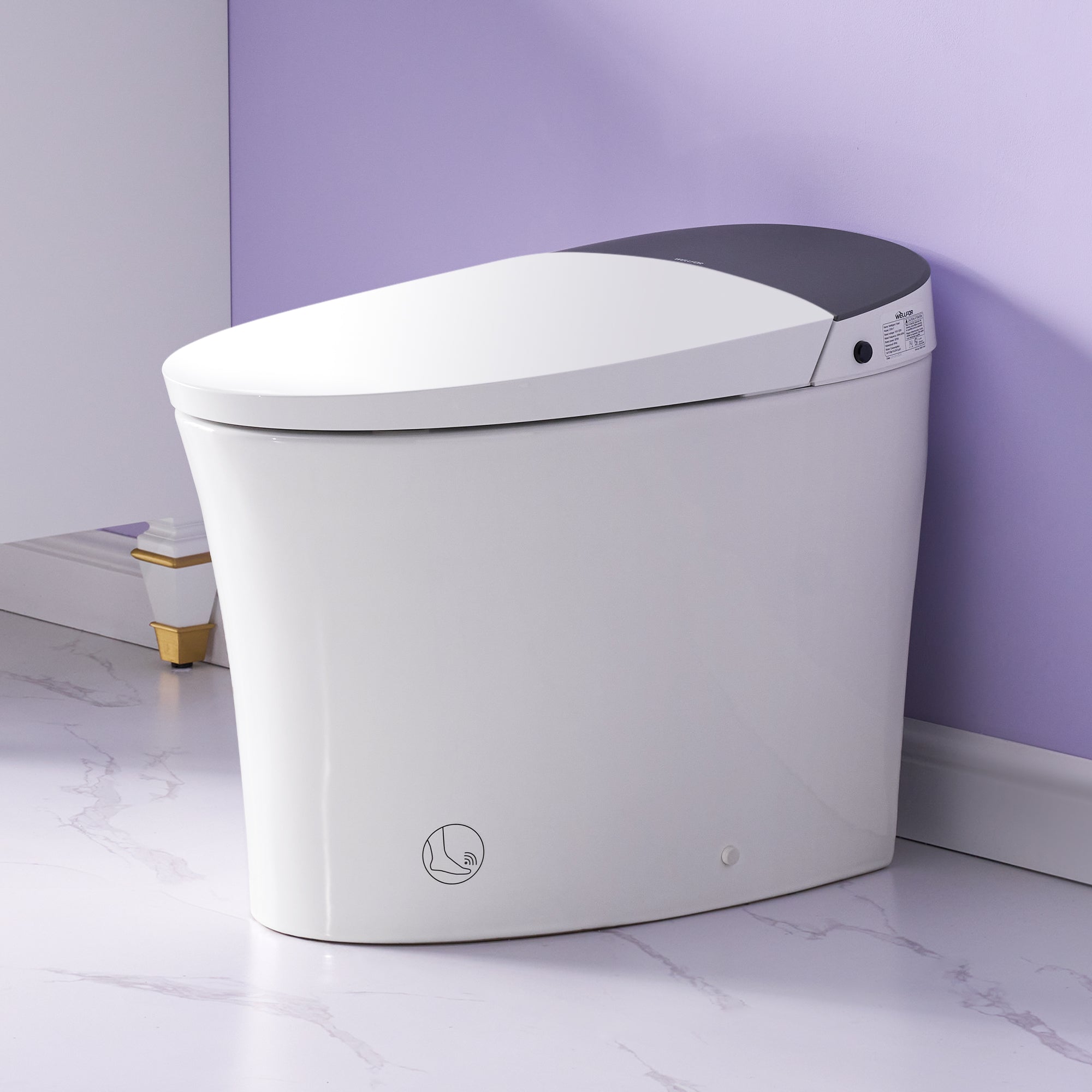
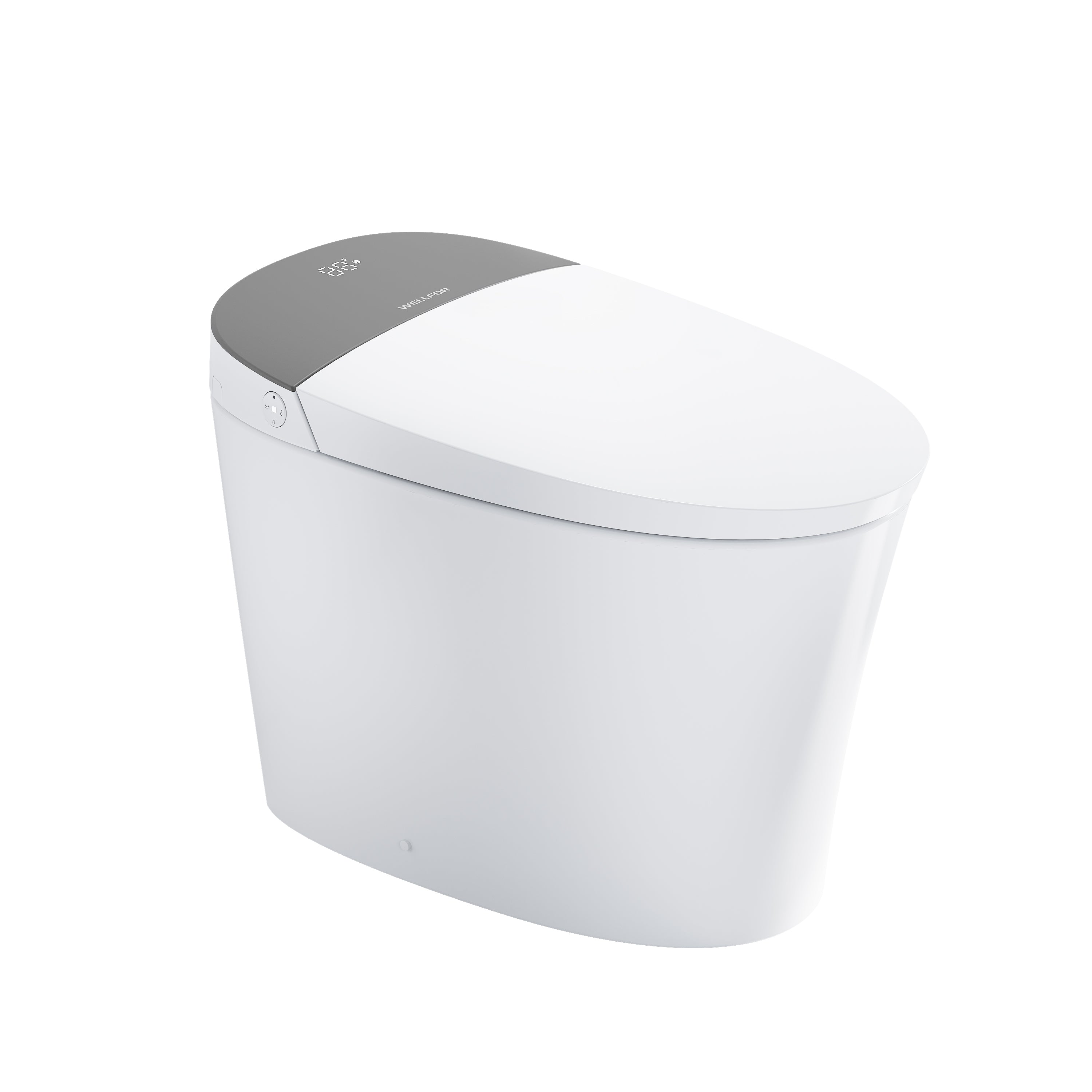

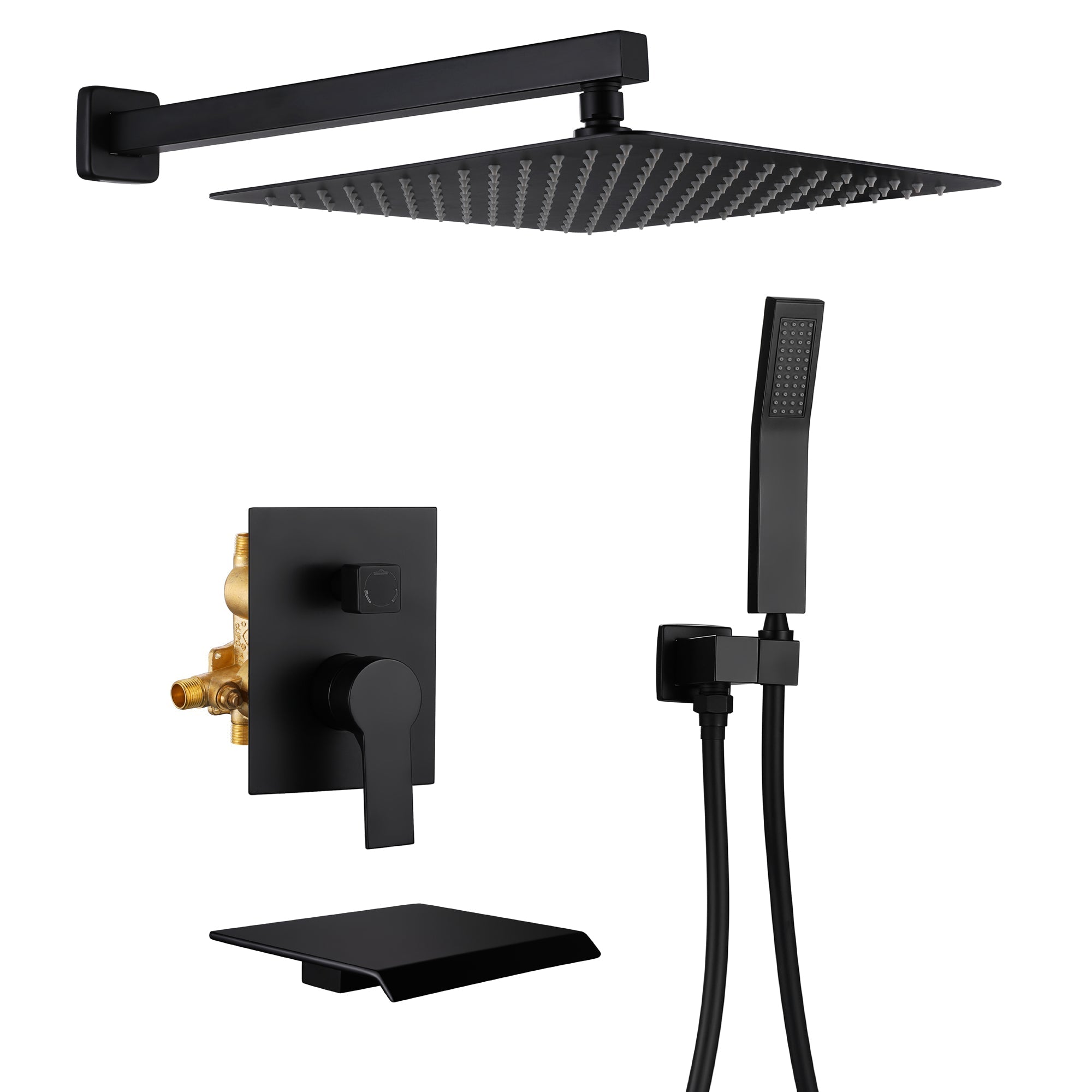
Leave a comment
This site is protected by hCaptcha and the hCaptcha Privacy Policy and Terms of Service apply.